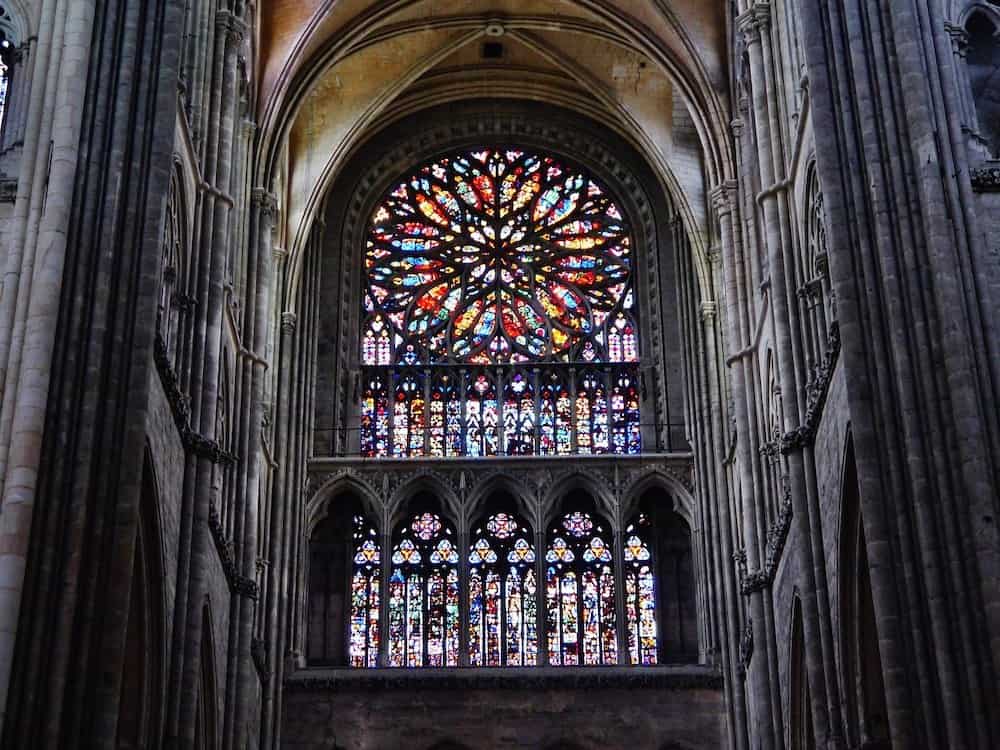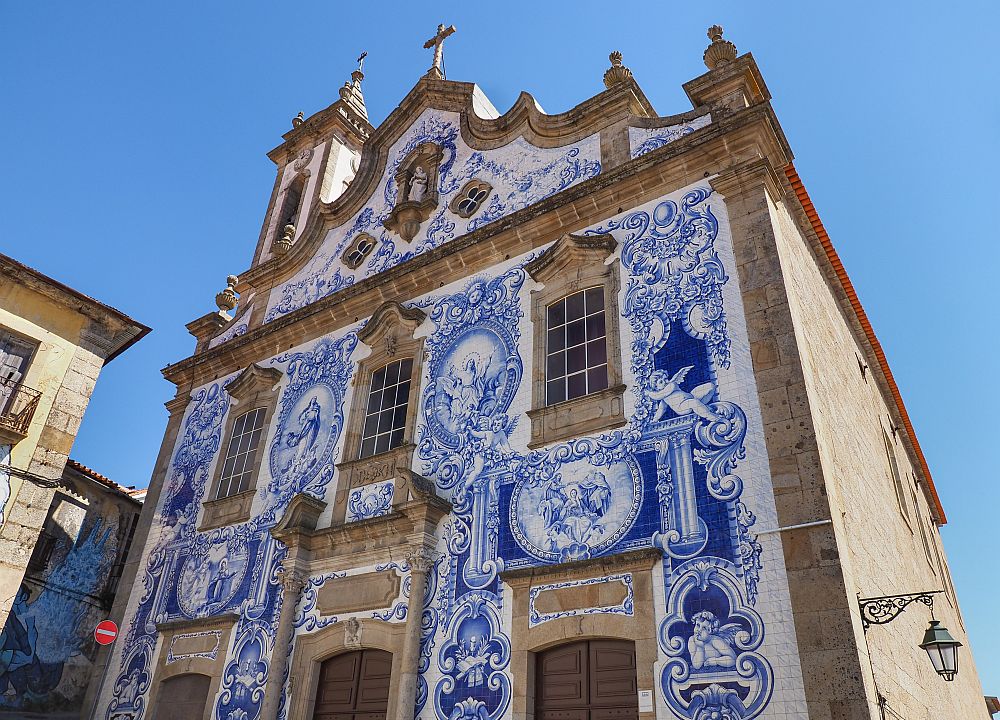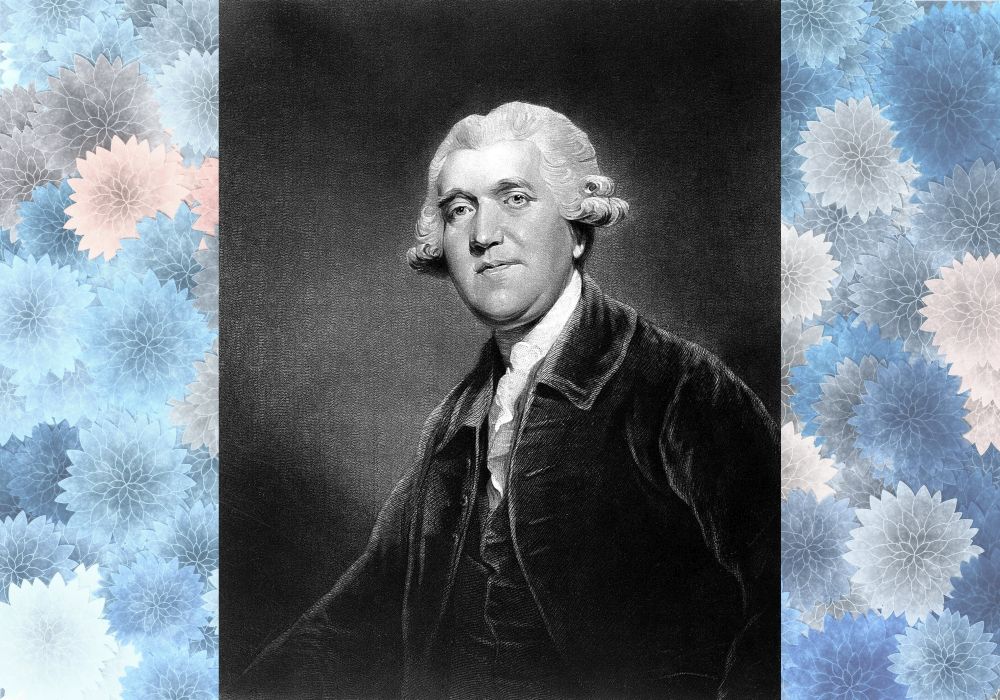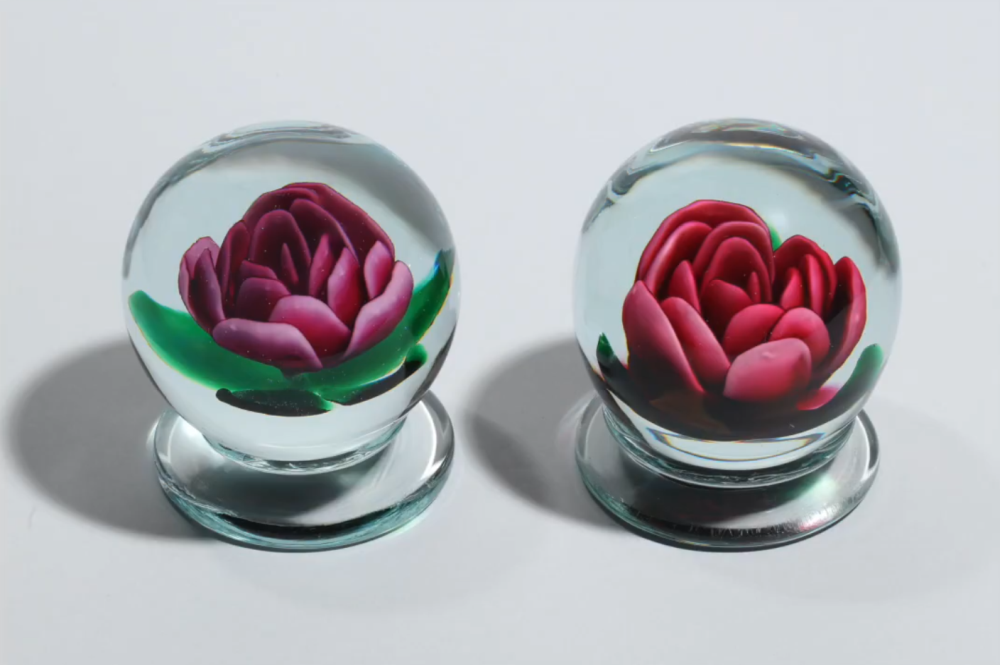
[Image above] Southern Rose Window of the Amiens cathedral in France. Researchers used scans of stained-glass windows in this cathedral to develop a new calibration method for imaging historical artifacts. Credit: Zairon, Wikimedia (CC BY-SA 4.0)
I spent a fair amount of time camping in Utah during my childhood, so it pained me personally when a video surfaced showing a former Boy Scout leader toppling an ancient rock formation in Goblin Valley State Park.
It was strange to think that a millions-year-old formation was suddenly no more, with pictures being the only evidence that it once existed. Yet I am extremely grateful that we have images, which allow us to study the formation even though we cannot physically witness it anymore.
I am not alone in my appreciation—imaging plays an important role in preserving cultural heritage as artifacts are lost to natural aging processes, neglect, and intentional destruction. Even before cameras, people were imaging artifacts through methods such as drawings or sculptural replicas. Our current technological capabilities simply extend our ability to accurately image artifacts.
Hyperspectral imaging has gained much attention in the field of cultural heritage over the last two decades. This technique breaks down the light striking each pixel into many different spectral bands rather than just assigning each pixel a primary color (red, green, blue). The approach allows hyperspectral imaging to provide more information on what is imaged than other imaging techniques.
However, to acquire such detailed information, hyperspectral imaging requires a long measurement time with careful light calibration. This requirement limits its ability to conduct on-site measurements of historic buildings and artifacts, which are exposed to ever-changing levels of light that can lead to inconsistent results.
In a new open-access paper, researchers led by the Nara Institute of Science and Technology in Japan looked to overcome this limitation by developing a calibration method that can account for and eliminate variations in illumination.
They start by acknowledging that a previous study in 2017 compensated for illumination variations by placing a reference target within view of the camera to track variations during a measurement. However, this solution cannot be used in every situation, specifically when imaging stained-glass windows.
“…there is nowhere to place such a reference target that could be directly illuminated by the sunlight when measuring the illumination through a stained-glass window,” the researchers explain.
Instead, they proposed performing an extra single-column scan to act as a reference when imaging stained-glass windows using whisk-broom scanners (see sidebar: Scanning techniques). This extra scan is susceptible to visual artifacts, however, so the researchers developed a robust principal component analysis using matrix methods to remove these anomalies.
Scanning techniques: Push-broom versus whisk-broom
Many commercial systems rely on push-broom scanners, which capture information one line at a time, with all the pixels in a line being measured simultaneously. In contrast, whisk-broom scanners use a mirror to reflect light onto a single detector, and measurements are collected one pixel at a time.
While push-broom scanners require less time for scanning, the reliance on a 2D sensor limits spatial and spectral resolutions of the final image. Meanwhile, whisk-broom scanners can collect the best spectral resolution and have a great degree of flexibility for spatial scanning.
After developing their approach, the researchers imaged stained-glass windows in the Amiens cathedral in France using the proposed system, a process that took about one hour of scanning. Their method successfully alleviated the artifacts and produced a hyperspectral image with high spatial and spectral resolutions.

Captured image and mitigation results from the field experiment in Amiens cathedral. The researchers compared their proposed system to images corrected using a Naïve approach, which suffered from strong visible artifacts. Credit: Funatomi et al., International Journal of Computer Vision (CC BY 4.0)
“We believe our method serves for digitally preserving large cultural heritages with as high spatial resolution as time allows for the scanning,” they conclude.
The open-access paper, published in International Journal of Computer Vision, is “Eliminating temporal illumination variations in whisk-broom hyperspectral imaging” (DOI: 10.1007/s11263-022-01587-8).
Author
Lisa McDonald
CTT Categories
- Art & Archaeology
- Modeling & Simulation


